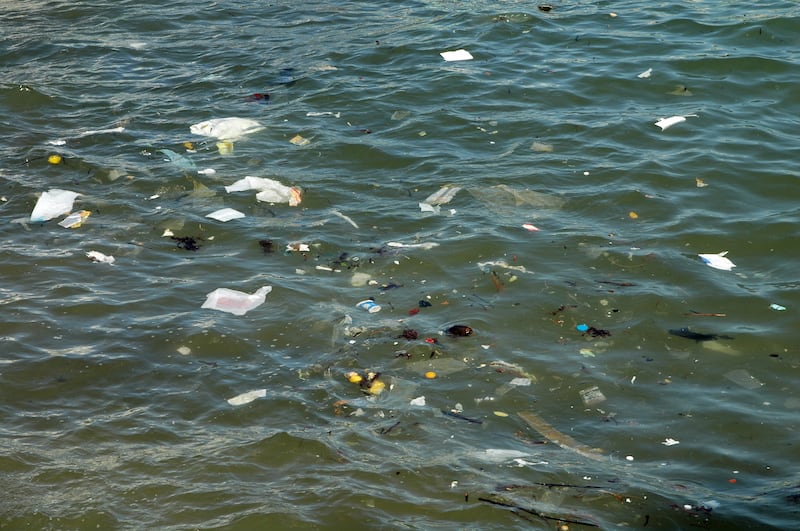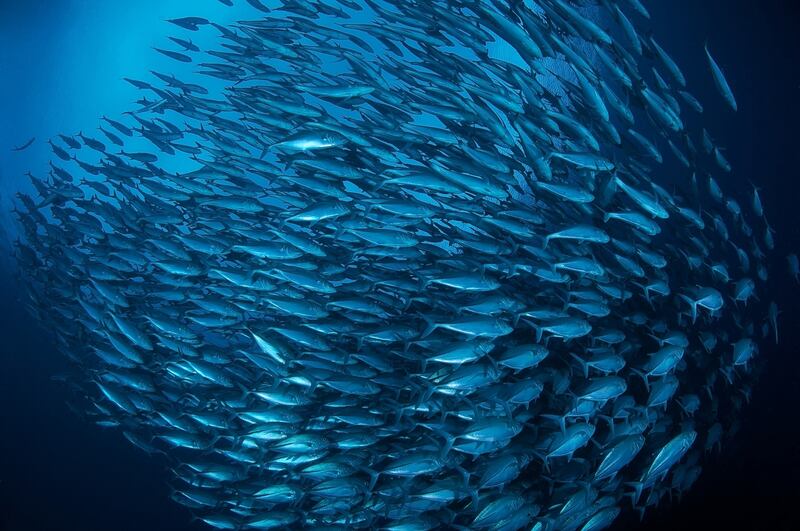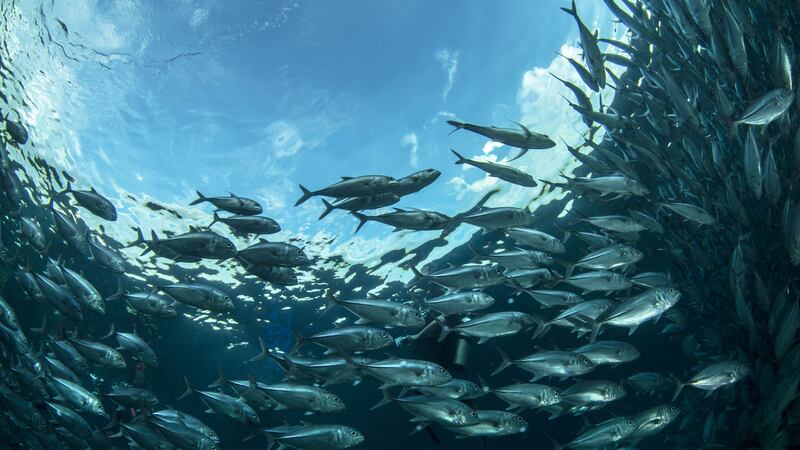Fish could be suffering from brain damage as a result of tiny plastic particles, scientists say.
Researchers from Lund University in Sweden have found that man-made plastic nanoparticles that end up inside fish are causing behavioural changes linked to brain damage.
An estimated eight million tons of plastic waste is dumped in the oceans every year.
“Our study is the first to show that nanosized plastic particles can accumulate in fish brains,” said Dr Tommy Cedervall, lead study author.

The scientists say these tiny bits of plastic are eaten by animal plankton, which in turn, are eaten by fish.
These particles are so small that they are able to cross the blood-brain barrier and accumulate inside a fish’s brain tissue.
This build-up of plastic then leads to behavioural disorders, causing the fish to eat slower and explore their surroundings less.
The researchers also found that animal plankton die when exposed to the nanosized particles, but large plastic particles don’t affect them.

“It is important to study how plastics affect ecosystems and that nanoplastic particles likely have a more dangerous impact on aquatic ecosystems than larger pieces of plastics,” Dr Cedervall said.
However, the researchers are cautious about the potential dangers of the plastic nanoparticles being transmitted to humans through consumption.
“No, we are not aware of any such studies and are therefore very cautious about commenting on it,” Dr Cedervall added.
The research is published in the journal Scientific Reports.








